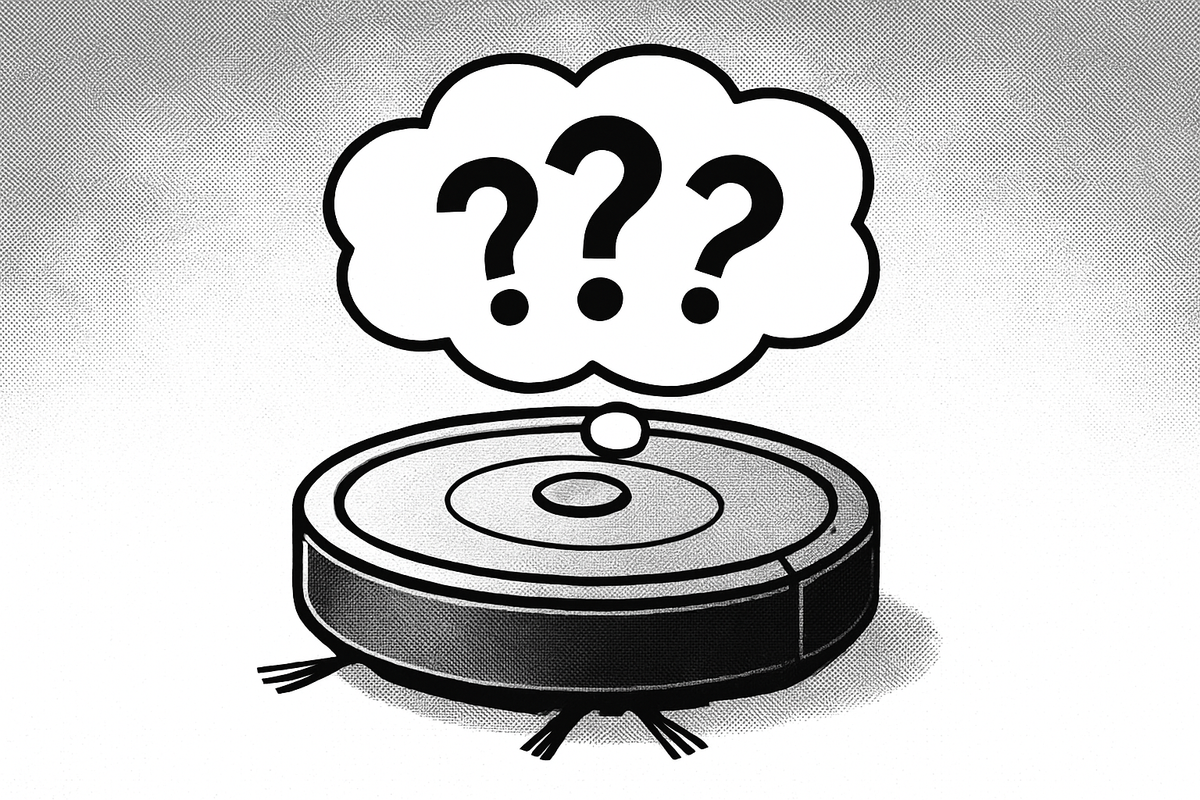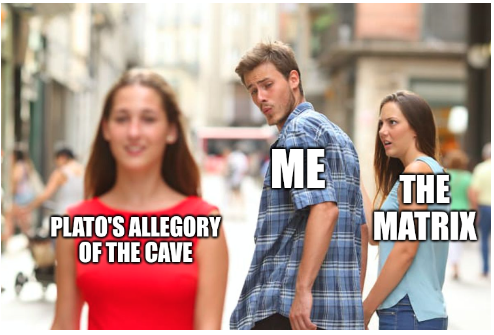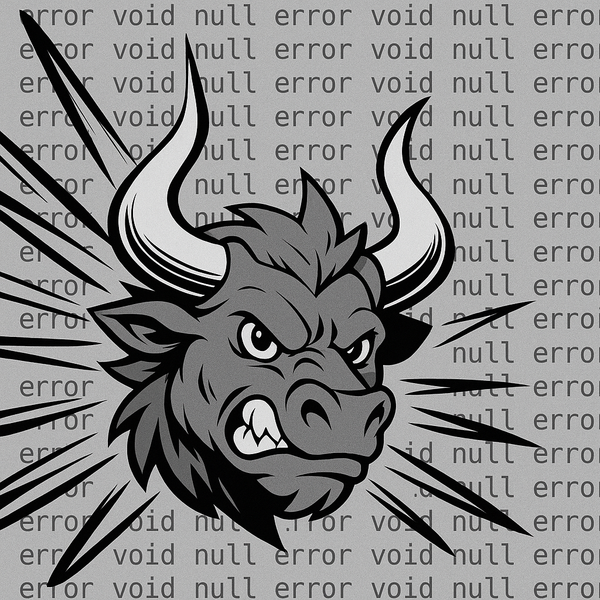Can Machines Have Souls?

“It’s OK to eat fish cos they don’t have any feelings”
Nirvana: Something In The Way
(Citation needed there, Kurt).
Whatever you call the ‘soul’: whether it’s a way of being, a personality attribute, or an inner consciousness separate from the body, it’s not only an exclusive property of being alive, it’s also a product of our ability to project the existence of an inner life onto anything.
I watch my robot vacuum move around the floor. I catch myself ascribing to it the ability to make choices and I evaluate the intelligence (or lack of) behind those choices.
“The little guy is doing his best” I say to myself sometimes so I don’t feel annoyed as it,once again, bypasses the dog hair dust bunny that prompted this cleanup, preferring instead to go over an already-spotless section of floor.
Its rotor brushes are like whiskers. The brushes go first, sweeping the dust into its mouth. The robot gets them tangled on a loose USB-C, stops its work and its error sound takes on a plaintive sound to my ears.
It sounds only sad, not frustrated that it is immobilised. Removing the blockage from the detachable plastic brushes, I take the same care I give to my dog when I need to remove something from his paw.
So, I don’t want to hurt the robot, what is that about?
My dog, Bob (yes, he is Bob Cobb) is terrified of this alien creature that bumps blindly around our shared space. He doesn’t mess with it. But does he actually believe it’s alive? I asked him but he was unable to answer. He is not much of a philosopher that guy.
So in the absence of any company that could discuss some of the ideas around the arbitrary ways we ascribe a “soul” to some things and not to others, I turned to my books.
I often reread chapters of "The Mind's I" by Douglas Hofstader and Daniel C Dennett. This extract from “The Soul of Anna Klane: The Soul of Mark III Beast” is an excellent walkthrough on the topic of machines with souls.
In the extract, a woman convinced that a precondition of having a soul is having a living body, is challenged by a scientist to ‘kill’ a small mechanical robot.
If it’s “just” a machine, she should be able to destroy it without any ethical issues.
But it has lights that express its inner state like eyes reflect how their human owner is feeling. Red when its surroundings are unsafe, green when it is comfortable. It ‘feeds’ on electricity by attaching itself to a power supply. It moves independently.
The scientist gives her a hammer.
She sees the robot’s red lights as eyes looking at her. It appears to recognise her holding a hammer as a threat.
And when she tries to hit the robot, it resists destruction through evasive manoeuvres.
The scientist gives her the cheat code to immobilise the robot.
Armed with this, she tries again to destroy it. She damages it but doesn’t make a critical hit and flips the robot which retreats a safe distance. However, the damage done means it is beyond repair.
Its lights go out. It leaks lubrication fluid like it’s bleeding
She lifts the hammer again to deal the final blow but it starts making a distressed sound described as a “soft crying wail…like a baby whimpering”.
She can’t do it. It’s no longer just a machine to her.
But it is a machine, says the scientist. Albeit one that has been programmed with threat awareness and to appeal for mercy. He despatches it with a hammer blow.
So the soul is not an innate property of living flesh exclusive only to meatspace.
The soul is where we say it is.
The soul is a uniquely human construction that can also exist in machines because all we need to do is believe they have one.
Which raises the question, should we design our AIs with, or without, the affordances that lead us to believe they have an inner life just as we have?





